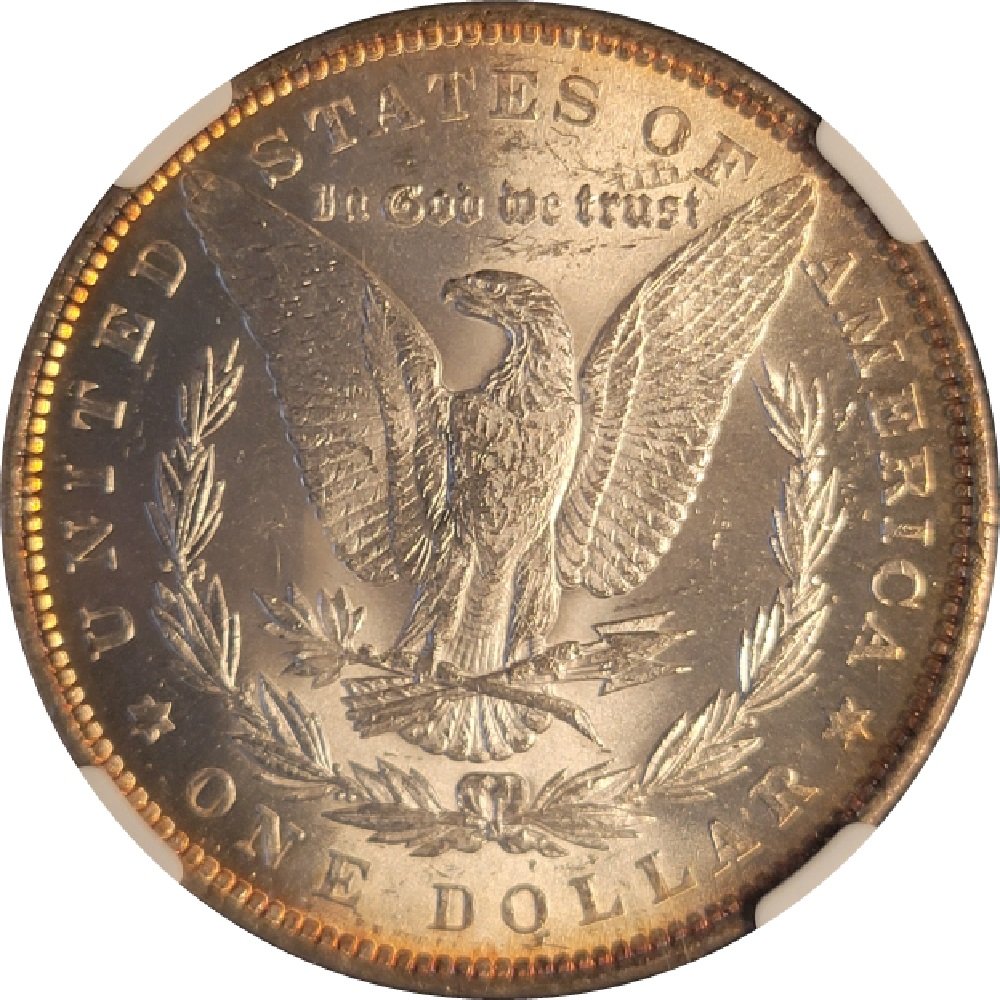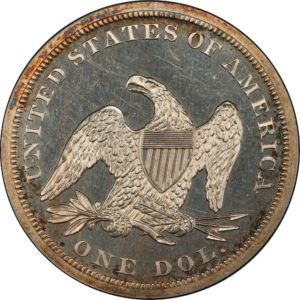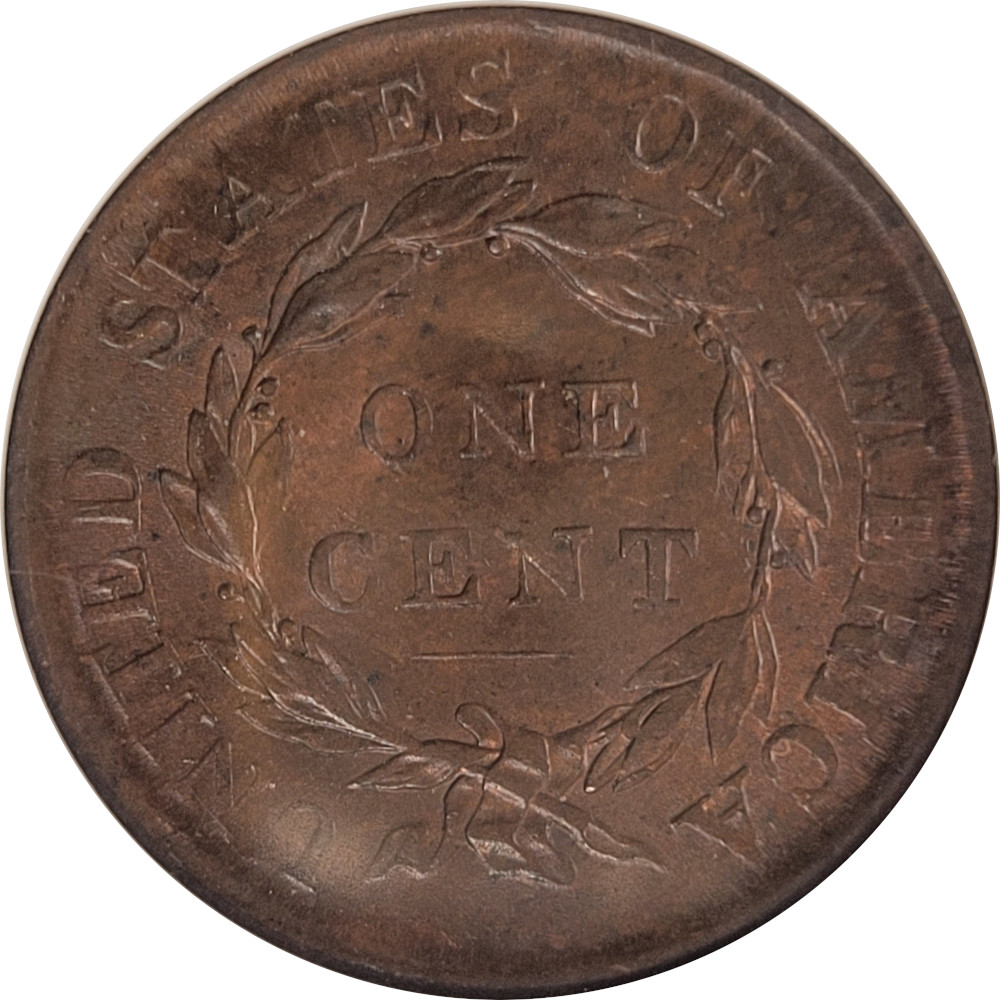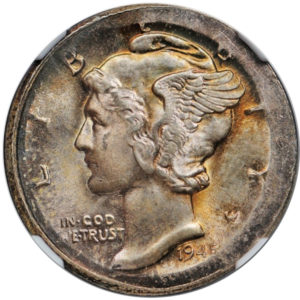1652 New England Shilling, High R.6. 70.8 grains. Punch alignment: 180º.
Heritage numismatists write: A well-preserved and wholly original example of this iconic issue, the largest denomination produced in the first series of coins struck in what is now the United States. The NE punch on the obverse is positioned a bit high and to the left, obscuring the left upright of the N as well as both of its serifs. In contrast, the remainder of the punch is bold and clearly struck. The denominational punch on the reverse was struck twice to fully display its details, and is from a somewhat later state than the example of this punch combination. The surfaces are a uniform gunmetal gray, attesting to the piece’s originality. A scattering of minor markings commensurate with its degree of circulation are found on both sides of the coins, none of them particularly distracting. Small hairlines on the obverse, along with one longer light scratch, are noted, as is some surface roughness on the reverse. This shilling is well-rounded and beautifully patinated, giving it strong eye appeal.
The New England coinage was established in May 1652, when the General Court of the Massachusetts Bay Colony decreed that people could bring silver plate and Spanish coins to the mint house in Boston, “there to be melted and brought to the alloy of sterling silver by John Hull, master of the said mint, and his sworn officers, and by him to be coined into twelve pence, six pence, and threepence pieces“ (text modernized for readability).
Necessity was the driving force behind the establishment of the mint: the colony desperately needed a stable and trustworthy circulating coinage. John Hull, who served as Treasurer of the colony, was the ideal candidate to take on the task of filling this need. The NE coinage was not struck with conventional coin dies. Instead, punches were used, much like those used by silversmiths to apply their touchmarks — which should come as no surprise since both Hull and his partner Robert Sanderson were silversmiths and had no prior experience as coiners.
The NE coins were produced for only seven weeks or so, after which the General Court decreed that these simple designs be modified to include a tree and more extensive legends. This, of course, led to what we now call the Willow, Oak, and Pine Tree coinages, which were struck using various types of traditional coining dies. The original New England pieces, struck with punches by a modified silversmith’s technique, remain the undisputed foundation of American coinage.
As such, I believe that these coins were the only in the Massachusetts Bay Colony series that can be dated to 1652, even though they are the only in the series without a date.
Jack Howes’ 2010 article on the 1652 NS Shillings: https://nnp.wustl.edu/library/book/514007
The Catalog of NE Silver that follows in Appendix C of Howes’ article lists the population census:
14 – Noe 1-A
4 – Noe 1-D
12 – Noe 2-A
5 – Noe 3-A
8 – Noe 3-B
16 – Noe 3-C
59 — Total Attributed
2 – Unattributable
1 – Noe 3-B – found after 2010 in tin in the UK.
62 — Total
The amazing Christopher J. Salmon Collection of Massachusetts Bay Colony Silver: https://www.ngccoin.com/gallery/salmon/all/





















